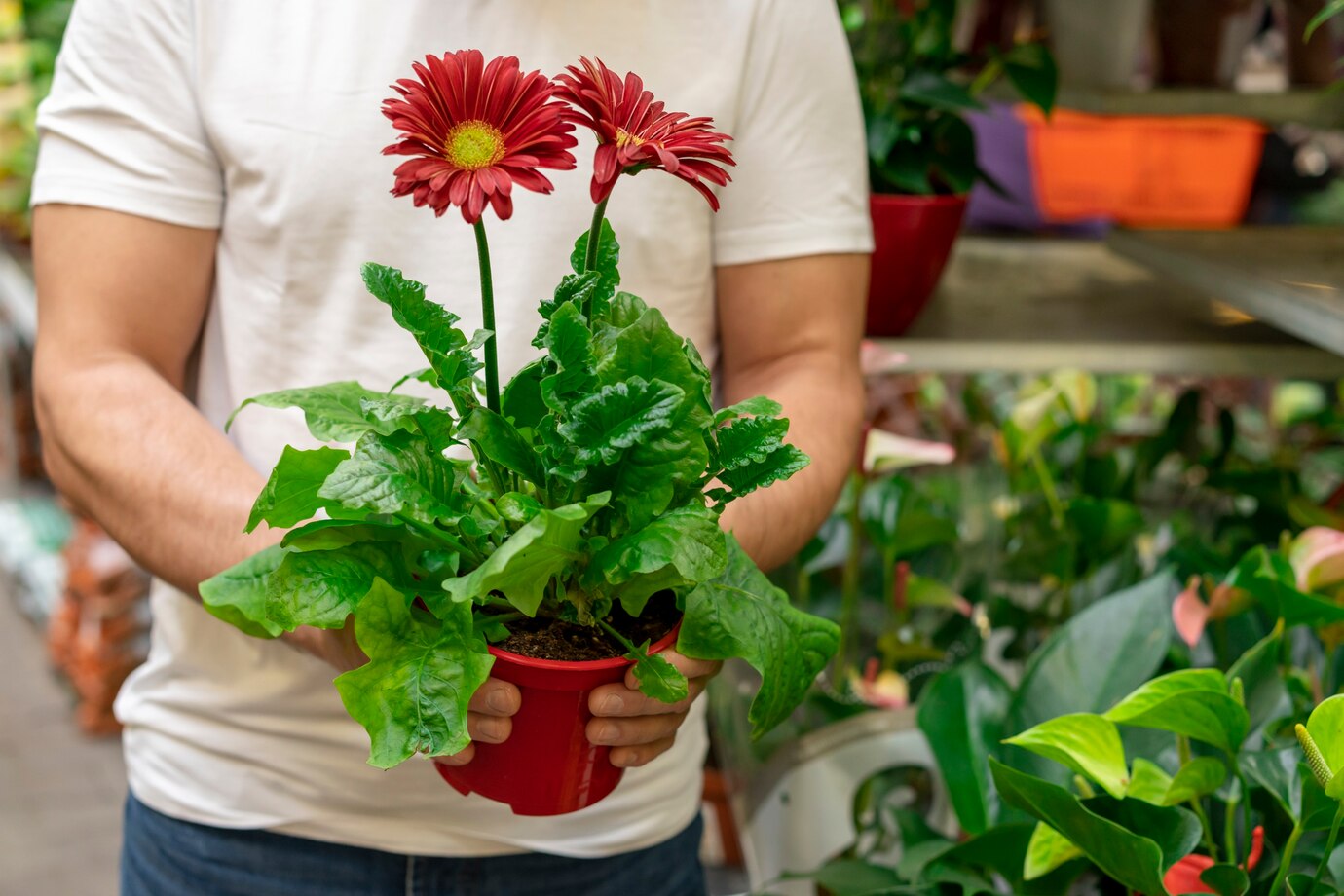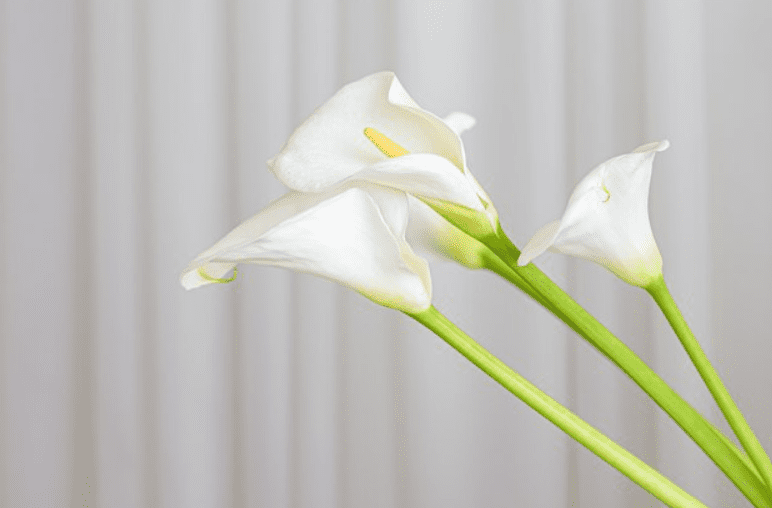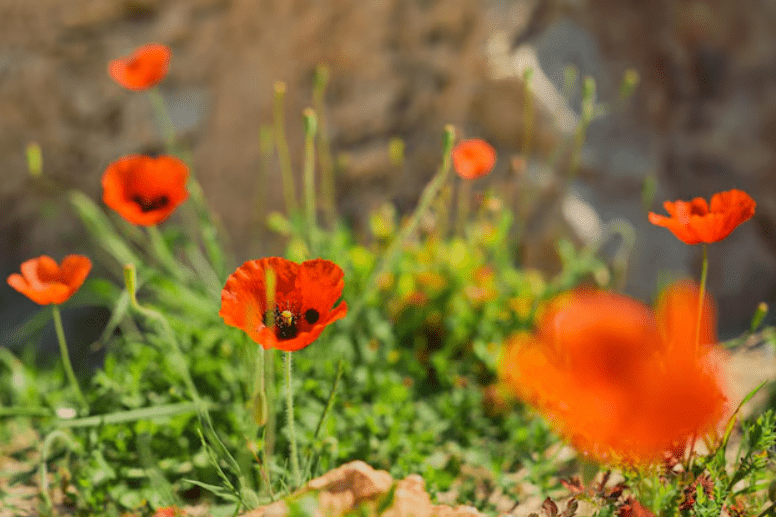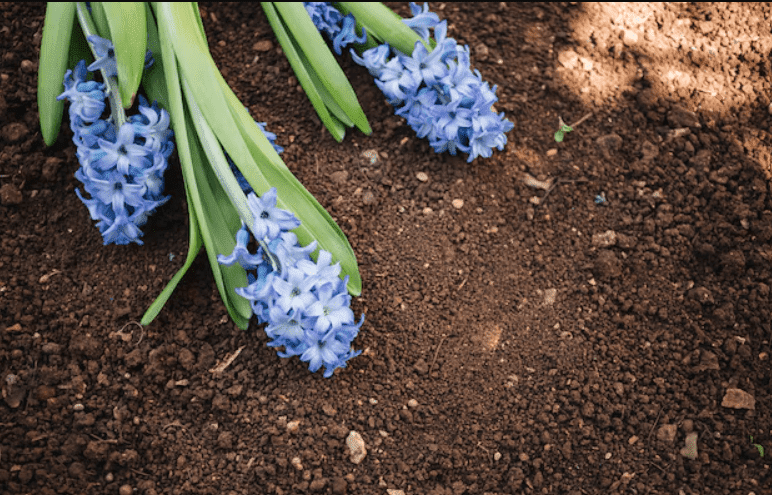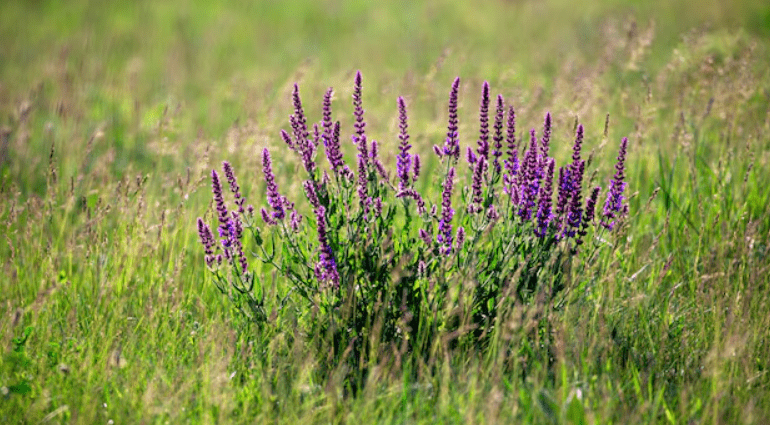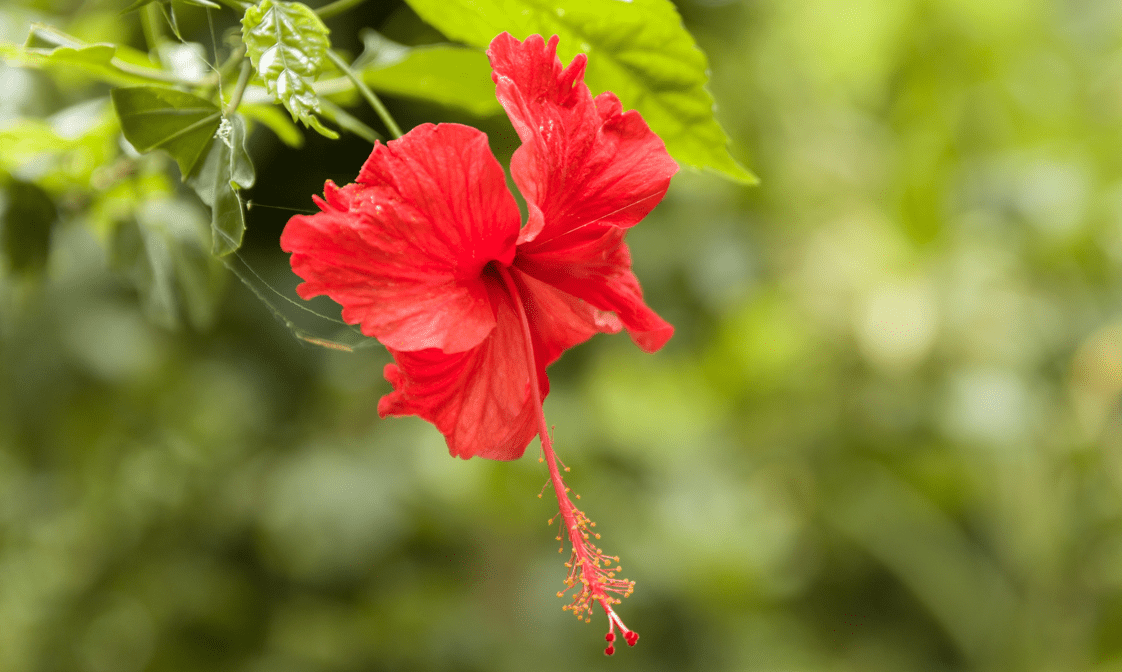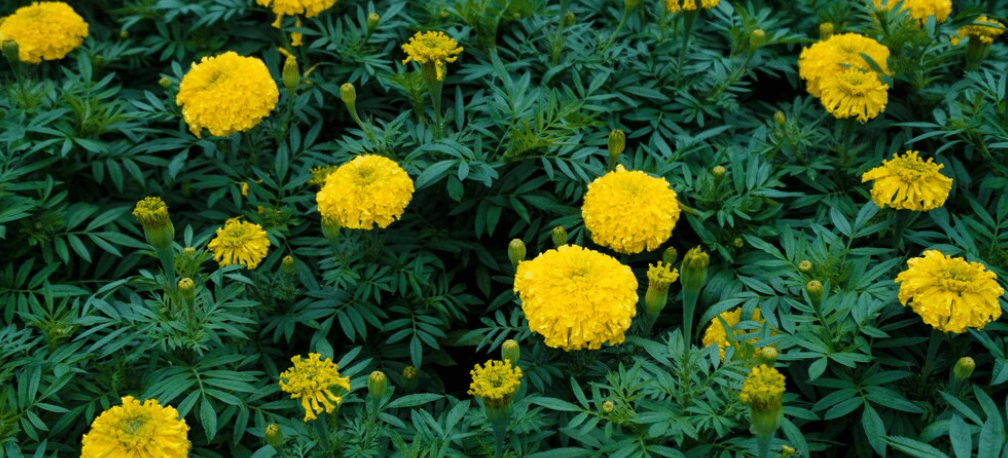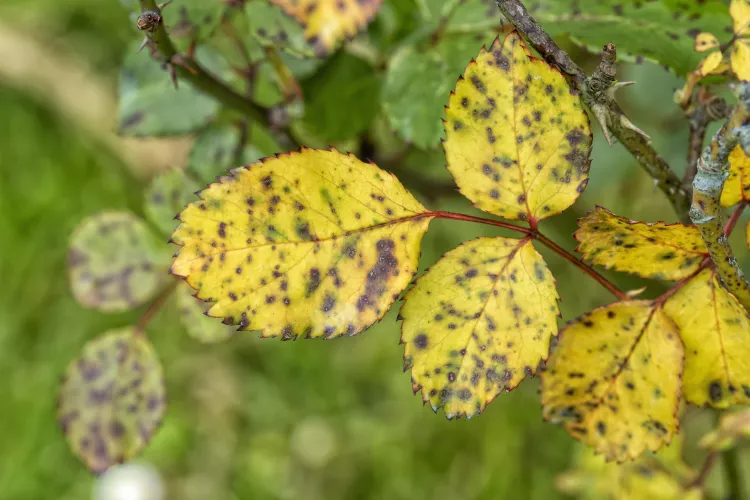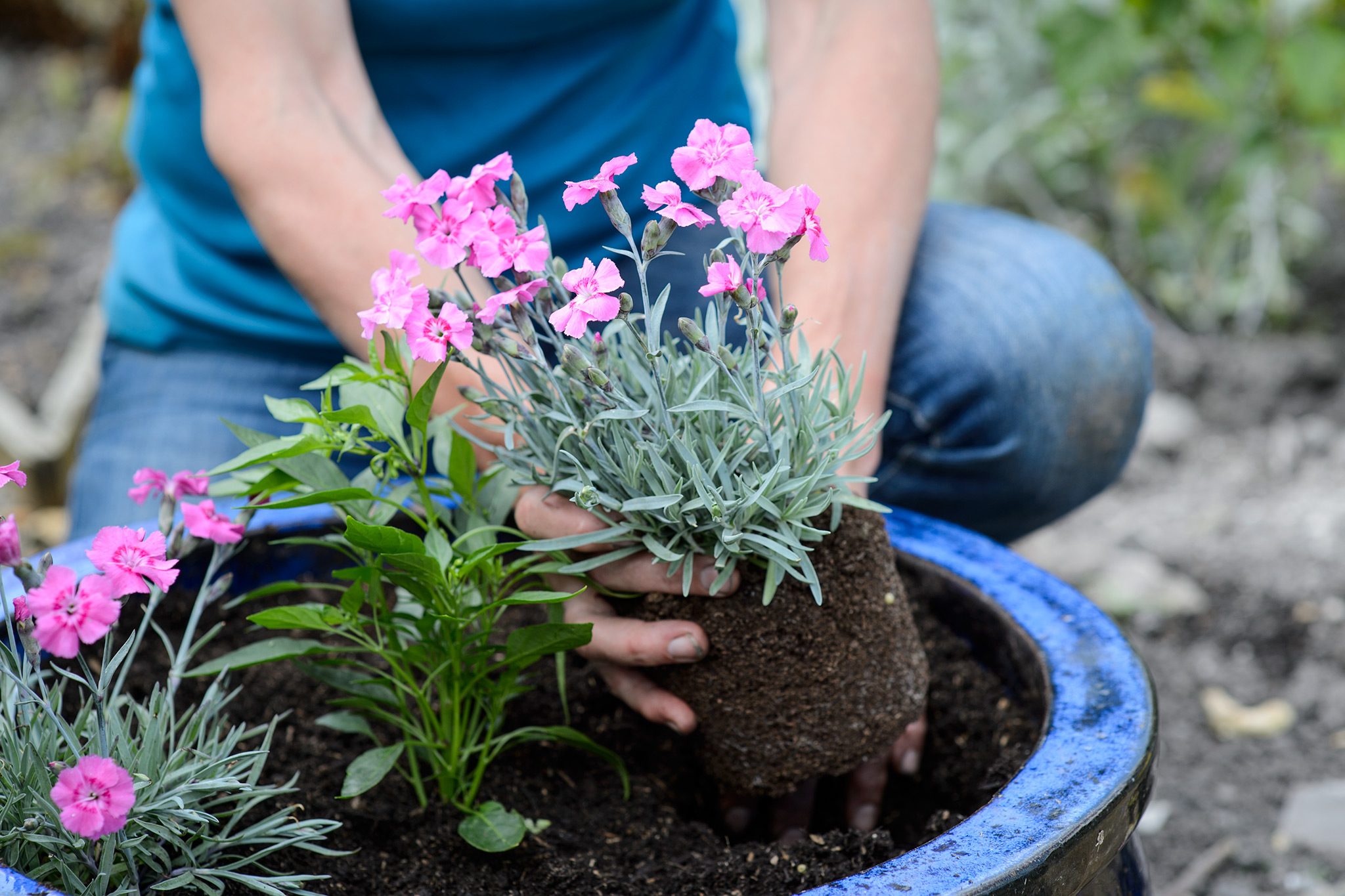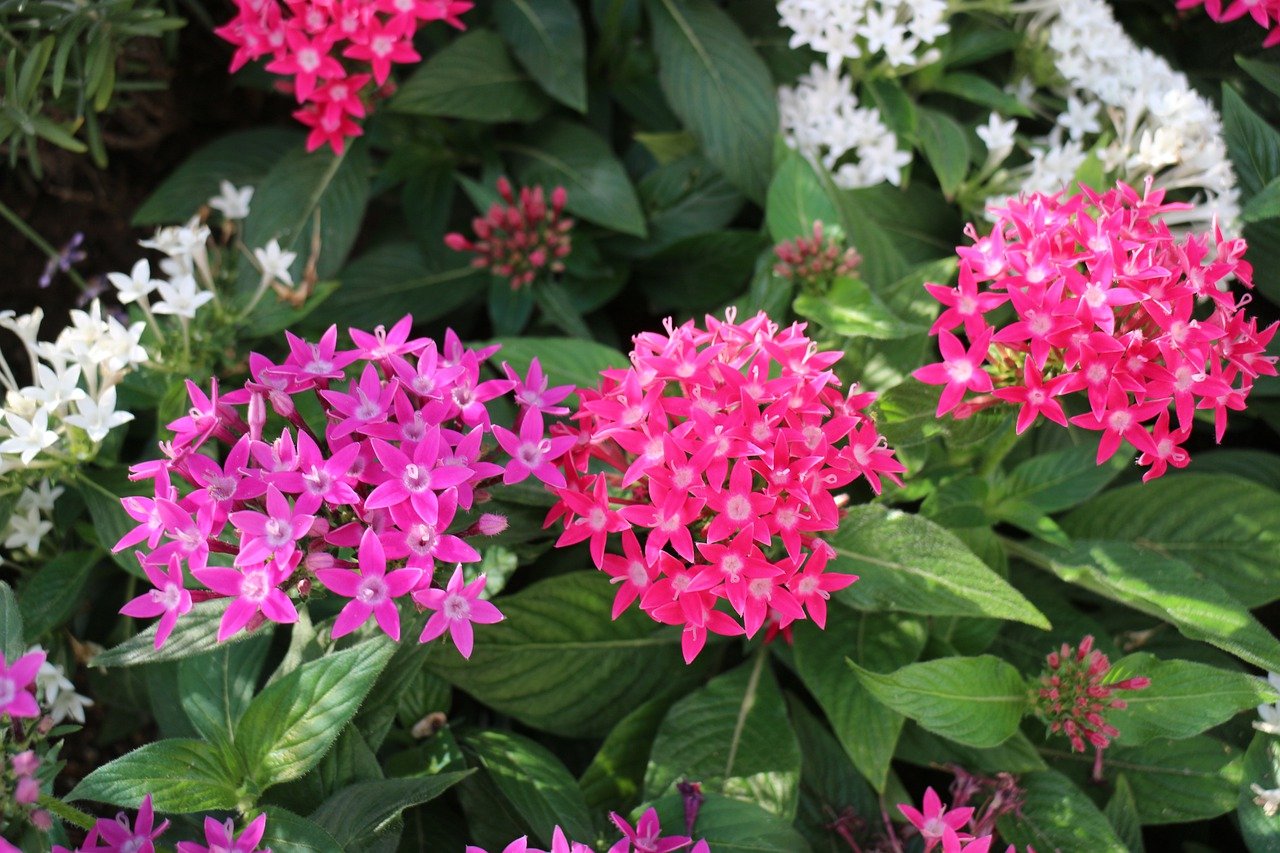African daisies (Osteospermum spp.) look almost the same as traditional daisies, with their petal arrangement circling a central disc, and they belong to the same Asteraceae family as Shasta daisies and zinnias. However, their eye-catching colors set them apart. These blooms appear in striking shades, including white, cream, pink, yellow, purple, and even blue.
The best time to plant African daisies is in spring, after frost has passed, typically when temperatures stay above 25°F. Although they can withstand a light, unexpected frost, repeated exposure to cold will harm them. They are known for their fast growth and usually start flowering around two months after sprouting from seeds.
They’re considered tender perennials in warm regions but are typically grown as annuals in cooler regions. African daisies tend to live for about two to three years when grown as perennials.
Table of Contents
ToggleAfrican Daisy Care
African daisies thrive just as well in garden beds as they do in containers. Their blooming season peaks in late spring to early summer, then again from late summer through early fall. However, they tend to stop flowering during extreme heat, so it’s a good idea to pair them with other plants that will maintain visual interest during the hotter months.
In their hardiness zones, African daisies return year after year. In colder climates, it’s best to take cuttings before the first frost and grow them indoors over winter to start fresh plants for the next season.
They’re relatively easy to care for if grown in the right conditions. These flowers love full sun and need well-draining soil. Regular watering and fertilizing throughout the growing season (spring through fall) will keep them healthy. Removing faded blooms (deadheading) will also encourage more flowers to appear.
Light
When exposed to bright, direct light, African daisies thrive in full sun and deliver their best blooms. While they can tolerate partial shade, it usually leads to fewer flowers. Most varieties respond to daylight, opening their blooms during the day and closing them at night or on cloudy days. However, some modern cultivars like ‘4D Pink’, ‘4D Silver’, and ‘4D Berry’ defy this behavior and stay open even after the sun goes down.
Planting and Soil
African daisies prefer soil rich in organic matter, drains well, and leans slightly acidic. Adding compost or other organic materials at planting time boosts both drainage and nutrient content. Ensure that the plants are spaced at least 12 inches apart to allow for airflow and spreading, as many varieties can reach up to a foot wide. Spring, after the last frost, is the ideal time to plant them outdoors.
Water
Although they can handle short, dry spells once established, African daisies need about an inch of water weekly to thrive. Prolonged drought or excessive heat can cause them to go dormant. The key is to keep the soil evenly moist without overwatering. Waterlogged roots can lead to diseases.
Temperature and Humidity
These flowers bloom best in cooler, mild conditions. They can survive night temperatures as low as 40°F, but frost will cause severe damage. Humidity usually isn’t a concern, provided the plants have good airflow, proper watering, and well-drained soil.
Fertilizer
African daisies are also heavy feeders. In addition to compost, feed them monthly with a balanced flowering plant fertilizer during the growing season. If you’re growing them in containers, you may need to fertilize them more frequently to support strong growth and vibrant blooms.
Propagating African Daisies
Most African daisy varieties are hybrids, so seeds collected from them usually won’t produce identical plants. However, propagation by cuttings is both easy and effective—and it’s the best method for preserving your plants over winter if you live outside their hardiness zones.
To propagate African daisies through cuttings:
- Start by filling a shallow tray with sterile seed-starting mix and lightly moisten it.
- Use sharp bypass pruners to take 2- to 3-inch-long cuttings, ensuring each has at least two sets of leaf nodes. Remove any flower buds and pinch off the lower leaves.
- Dip the cut end of each stem into the rooting hormone, then insert it into the moistened mix.
- Cover the tray with a clear plastic bag or a transparent cover to maintain humidity, and place it in a spot with bright but indirect light. The optimal temperature range is between 60°F and 68°F.
- After four to six weeks, the cuttings should have developed strong enough roots to transplant into single pots filled with potting soil or directly into the garden when the conditions are right.
How to Grow African Daisy From Seeds
While hybrids sold in garden centers are typically unavailable as seeds, you may find seeds for pure species varieties of African daisies, such as Osteospermum colonies. Here’s how to grow african daisy from seeds:
- Sow the seeds roughly 8 to 10 weeks before the last expected frost of winter or spring. Place them on the surface of a pot filled with regular potting mix and cover them lightly, as light is essential for germination.
- Keep the seeds consistently moist until they begin to sprout.
- Once germinated, grow the seedlings in bright, indirect light until it’s time to plant them outside.
- Before transplanting them outdoors, harden off the seedlings by slowly introducing them to outdoor conditions over two weeks. After planting, pinch back the seedlings to encourage bushier, more compact growth.
Common Pests & Plant Diseases
When grown in ideal conditions, African daisies are generally resistant to pests and diseases. However, fungal issues may arise in damp or humid environments, typically presenting as damaged or discolored leaves. To help prevent these problems, improve air circulation around the plants. If needed, apply a fungicide to manage the issue.
Common pests like whiteflies and aphids can also affect African daisies, especially if the plants are stressed. If identified early, these pests can be controlled with insecticidal soap or a chemical spray.

